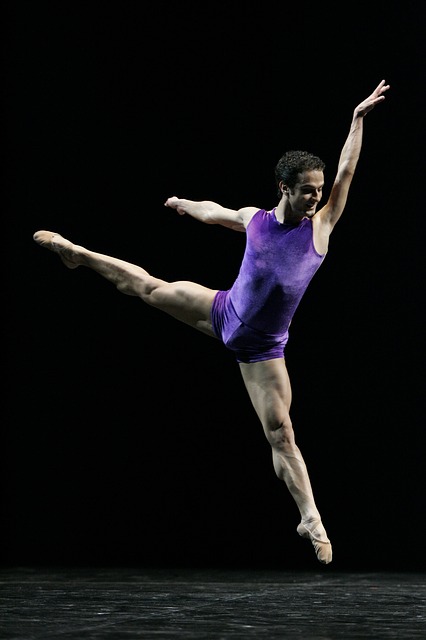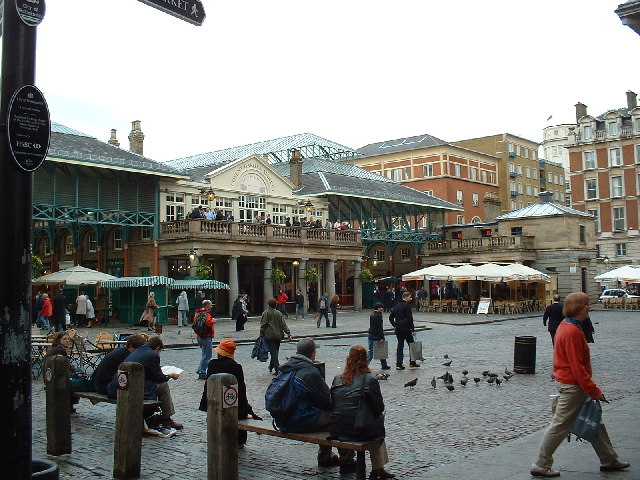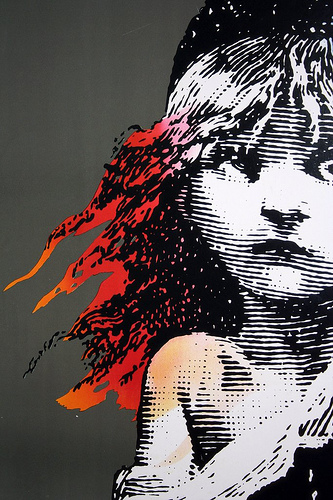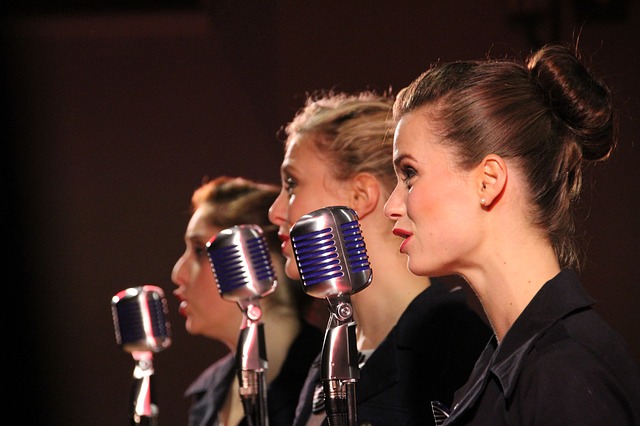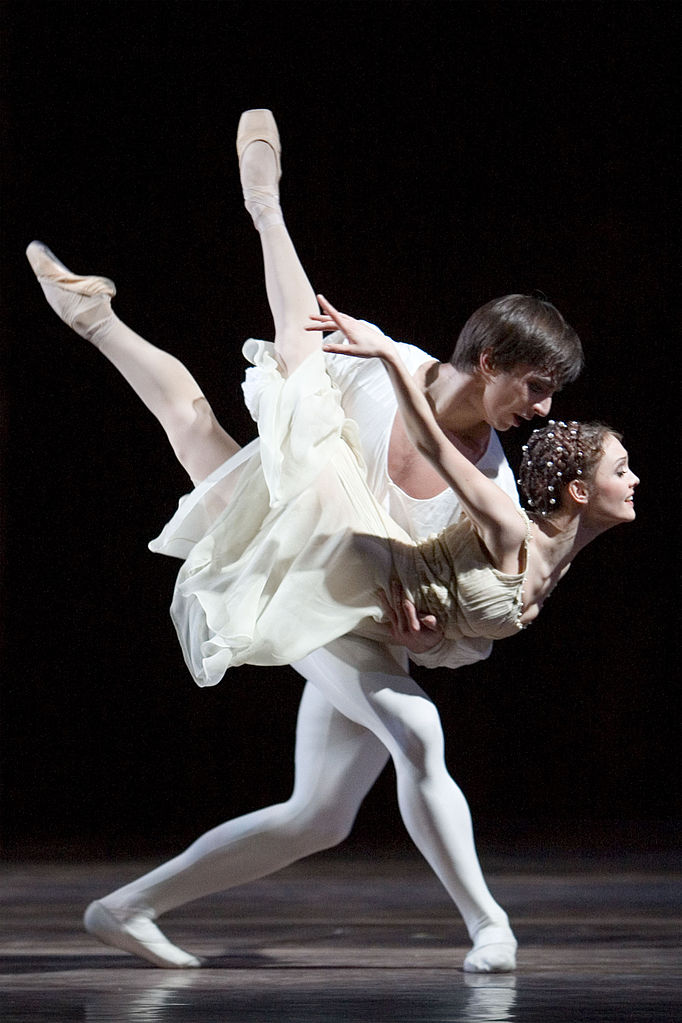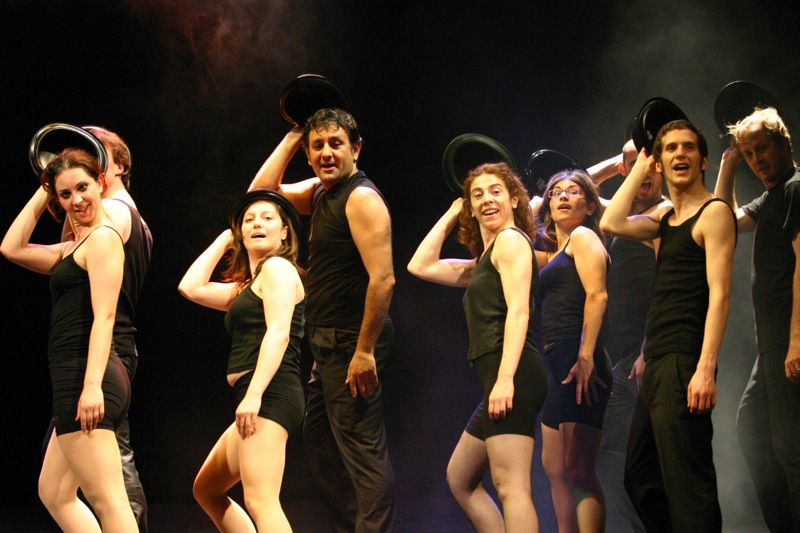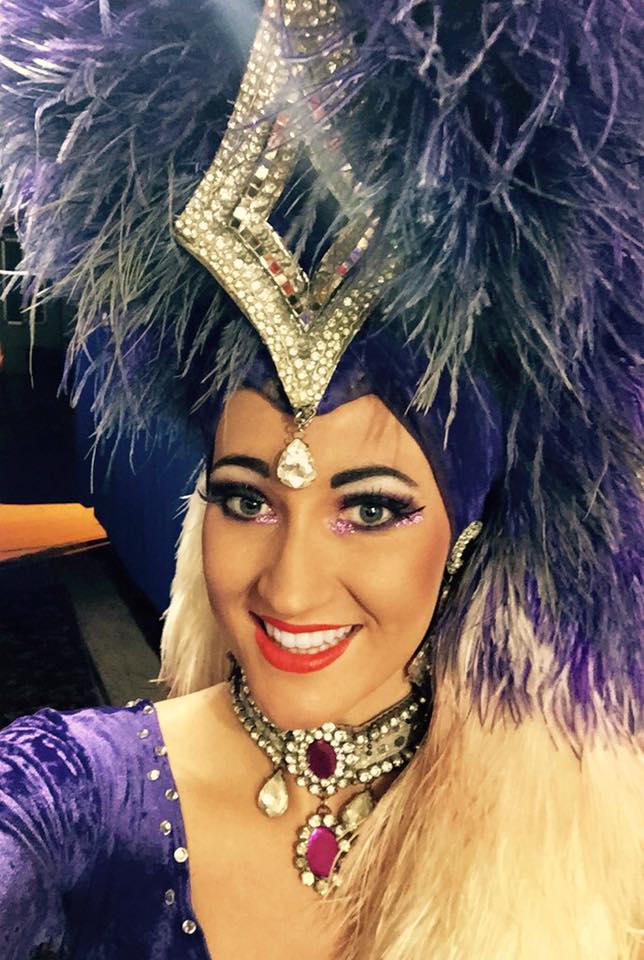 Ellie studied at Kidderminster College, completing a BTec National Diploma and A Level in Dance, followed by graduating from Middlesex University with a BA Honours in Dance Performance. She went on to work for xLR8 Dance & Fitness, teaching dance, cheerleading and fitness as extra curricular activities in schools, before fulfilling her first contract as a professional dancer working at Louis resorts in Cyprus. Ellie then travelled to India to perform in the Bollywood industry and is currently touring South America with CircoTihany Spectacular, the largest circus in Latin America.
Ellie studied at Kidderminster College, completing a BTec National Diploma and A Level in Dance, followed by graduating from Middlesex University with a BA Honours in Dance Performance. She went on to work for xLR8 Dance & Fitness, teaching dance, cheerleading and fitness as extra curricular activities in schools, before fulfilling her first contract as a professional dancer working at Louis resorts in Cyprus. Ellie then travelled to India to perform in the Bollywood industry and is currently touring South America with CircoTihany Spectacular, the largest circus in Latin America.
HAVE YOU ALWAYS BEEN INVOLVED IN DANCE?
From a very young age, I have been involved in dance: my mom took me to my first dance class when I was just three years old and I never looked back. Throughout my life dance started out as a hobby but then developed into a career choice that naturally progressed into physical training, knowledge and academia on the subject.
WHERE DID YOU TRAIN AND WHAT WAS IT LIKE?
I began my professional training when I was sixteen years old, completing a Btec National Diploma and A level in Dance at Kidderminster College. I am forever grateful for the training I received there, my tutors Anna Lines and Elizabeth Winter were incredibly talented and dedicated to teaching, they are both well informed dance tutors which had a dramatic impact on my experience and training there, it was so refreshing to physically see how passionate they both were and the pride they took in helping to develop our bodies into tools of art.
Here I trained predominantly in contemporary in Graham, Cunningham and release styles, alongside ballet, tap, technical jazz and street jazz. I look back now and am so thankful for the hours utilised each day in technique classes; the horrendously sore and aching muscles, the painful struggle to even get out of bed, being unable to walk and instead having to shuffle like a little old frail lady and to get down the stairs was like a scene from gladiators trying to abseil downwards, holding onto every inch of bannister possible; but it was all worth it!
I then furthered my dance studies at Middlesex University where I completed my BA Honours degree in Dance Performance. My favourite classes were with Anne Donnelly, my Graham technique teacher: as well as this being my favourite contemporary style, Anne was an incredibly passionate teacher and an insanely amazing dancer. I distinctly remember her being able to leg tilt higher than anyone in the class despite being twice our age, I was in awe of her. She also would chase us down the room during corner work to make us travel with her legs half the length of mine; she was just brilliant and high on Graham technique life.
WHAT WAS A TYPICAL DAY LIKE?
A typical day usually commenced with the struggle-shuffle out of bed straight to a technique class first thing in the morning, followed by a theory class followed by rehearsals, then on to the library to either collect my weekly Mount Everest full of necessary literature essential for all of my academic work or to study in ‘silence’, excusing the occasional bone cracking when a dancer just needs a mid-read stretch.
In the evening my time would be shared between assignments, reading and running as this kept me sane during very stressful periods.
My days were pretty busy but I wouldn’t have had it any other way!
A TYPICAL DAY NOW?
GLITTER, LASHES AND FEATHERS! I am currently working for Circo Tihnay, touring South America, now in Brazil presenting the show Abracadabra. My weeks consist roughly of ten to twelve shows, although when we were in Uruguay for two weeks we completed sixteen shows in six days and for that I have no words… well eight, maybe: there’s wine at the end of the tunnel! This contract is honestly amazing; I have so much free time to be able to explore each city that we move to, and to travel during the Circus’ move from city to city.
During the week my days consist of (in true British style) relaxing in the sun, aka sunbathing, whilst trying to minimise tan lines so as not to receive a malta (a fine). I also usually go running and depending on the city I try and tick off Trip Advisor’s list of top things to do there as I like to try and be cultured. The weekends however are slightly different as we have two to three shows per day, therefore my time in between shows is spent – if not in physiotherapy – completing a regime of exercises and stretching, however my time can also be consumed by sewing holes in my fishnets which, alongside lashes not sticking on, has become my main two pet peeves in this career, and if that’s all I have to complain about then it’s not a bad life.
HOW IT ALL BEGAN…
My dancing career began after graduating from university in 2012: I began by teaching dance, cheerleading and fitness classes in schools to children of all ages which I really enjoyed as I was able to choreograph. The job was also highly rewarding watching kids develop their skills. To witness and be a part of their growing confidence became a huge sense of achievement for me it was beautiful to see all my little flowers blossom!
However as happy as I was I really missed the stage, so I packed my bags, jumped on a plane and fulfilled a nine month contract in Cyprus, performing in West End style cabarets and Irish style shows. Following that I went to work in India for a year performing in the Bollywood industry, in live music and film award shows televised globally, music videos, films, adverts and commercials, weddings, and so on. The experience I will treasure forever, I fell in love with the country and the work I experienced out there was such an incredible opportunity, I worked with famous stars and huge celebrities of the industry, travelled to some incredible places including Goa, Thailand and Macau, and met some incredible people out there. And then I ran away with the circus….
WHAT IS YOUR FAVOURITE THING ABOUT DANCE
My favourite thing about dance is that you are your own tool, able to express yourself through movement and be as passionate as you desire. Dance is my free fall and I imagine my life to be empty without it. I am so thankful that I am able to have a career doing something that I love as I can genuinely say I love my job… as the saying goes ‘find a job you love, and you’ll never work a day in your life.’
WHAT FOR YOU IS THE WORST THING ABOUT DANCE?
The worst thing for me is dancing with injury, the frustration can be intolerable and obviously the pain is unpleasant. I also feel dancing can be one of the most rewarding as well as frustrating careers, as most dancers are constantly trying to better themselves whether it’s flexibility, technique or performance we’re never satisfied, which can be tiring and positive results are controversial; happy you progressed, now you want more!
WHO ARE YOUR INSPIRATIONS?
Honestly, I think my biggest inspiration has to be my mom, for all and everything she has achieved; to travel, build a reputable career and live your life. I am so fortunate that she has always encouraged me with every life decision I’ve ever made and that she always told me to take every opportunity and travel the world, even if it means being away from her for very long periods of time… really it’s just a bonus and another excuse for her to take another holiday to come and see me (!) but I appreciate her positivity so much.
WHAT ADVICE WOULD YOU GIVE TO AN ASPIRING PERFORMER?
My advice for an aspiring performer is to train fiercely… hard work will always pay off in the end, if performing is all that you desire then even through the tough times you must never give up.
Never hold back, and as cliché as this may sound make your dreams a reality; I say this because I was always so unsure of myself and as I never trained at a conservatoire or well-renowned theatre school I was never sure of my chances of becoming a professional dancer, however against all odds I managed to achieve my dream.
Never hold back; I was always too scared to go to auditions in fear of being totally incapable and way out of my depth and now I’m successfully fulfilling my third professional dancing contract.
Finally be open and interested in every dancer’s story as each dancer has their own tale of how they made it, it’s amazing what you can learn from fellow dancer friends and the contacts you can create which will always benefit you in the future, if not in the moment.
WHAT’S NEXT?
I’m hoping my next venture will take me to travel the globe via cruise ship, it’s something that I have wanted to do for some time now, and the more experiences I hear about it the more I desire to do it. It would be an absolute dream job to be able to explore this planet in its entirety, and see the world’s most treasured places whilst performing in outstanding and professional shows. So fingers crossed for next year!
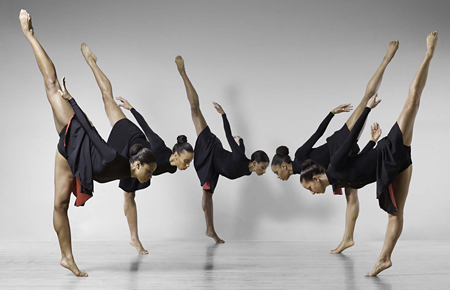 As a training dancer on the cusp of your professional career, your experience of the dance world around you will be varied and gaining depth. However, for dancers just starting to study dance seriously, there is a daunting world out there of differing techniques, opinions and choreographic styles. It is important to supplement your training with opposing techniques to balance your body and your viewpoint, taking influence from different parts of the dance world to ensure you are a well-rounded dancer, ready to become a professional.
As a training dancer on the cusp of your professional career, your experience of the dance world around you will be varied and gaining depth. However, for dancers just starting to study dance seriously, there is a daunting world out there of differing techniques, opinions and choreographic styles. It is important to supplement your training with opposing techniques to balance your body and your viewpoint, taking influence from different parts of the dance world to ensure you are a well-rounded dancer, ready to become a professional.

